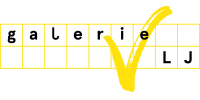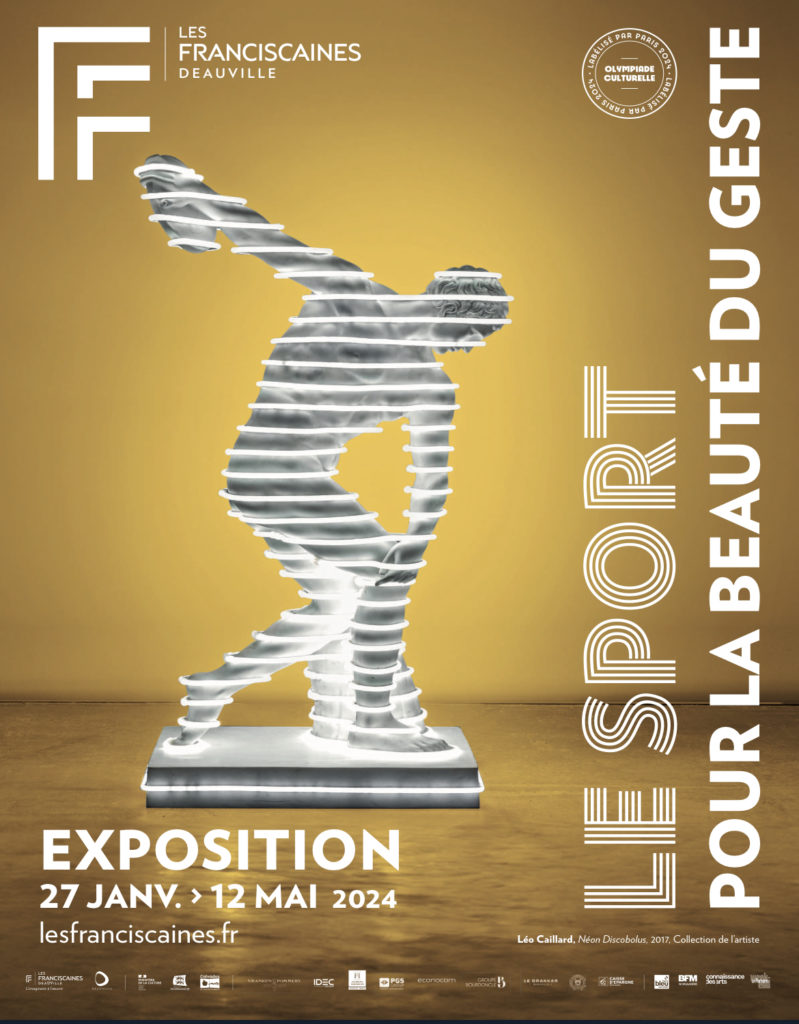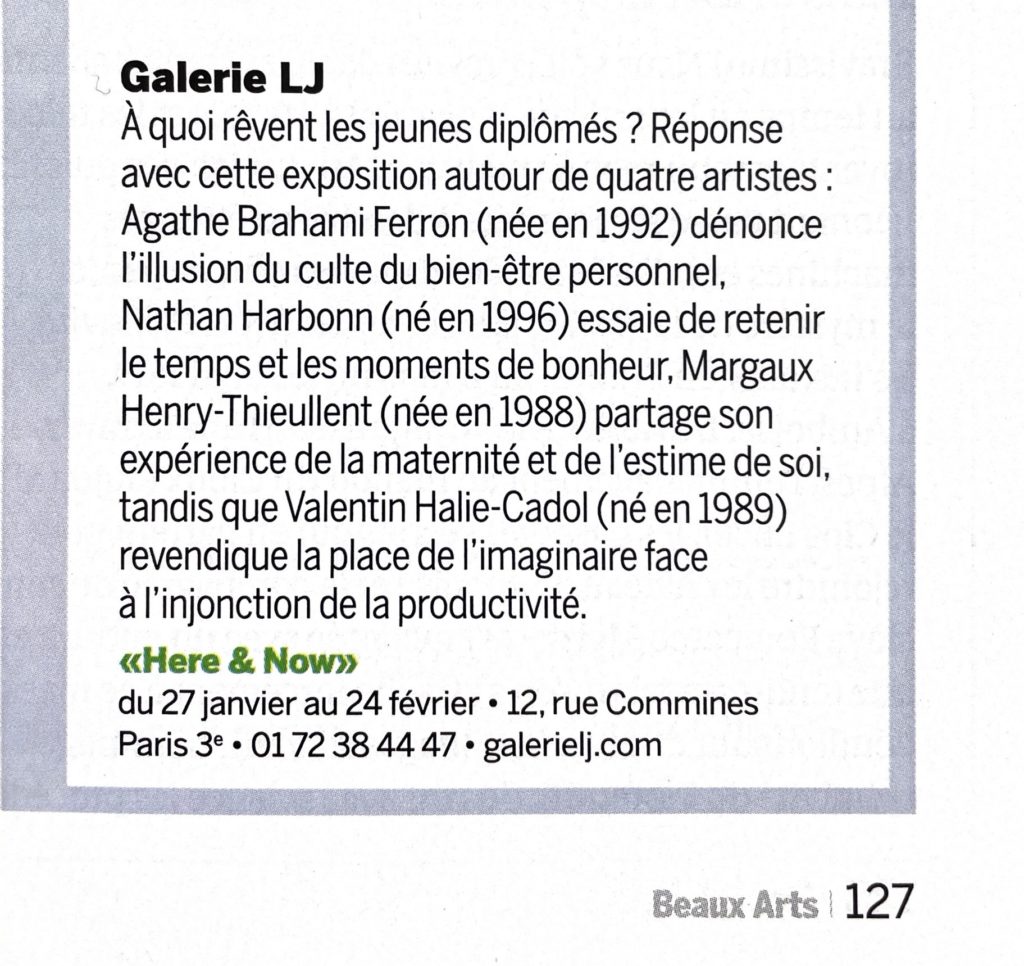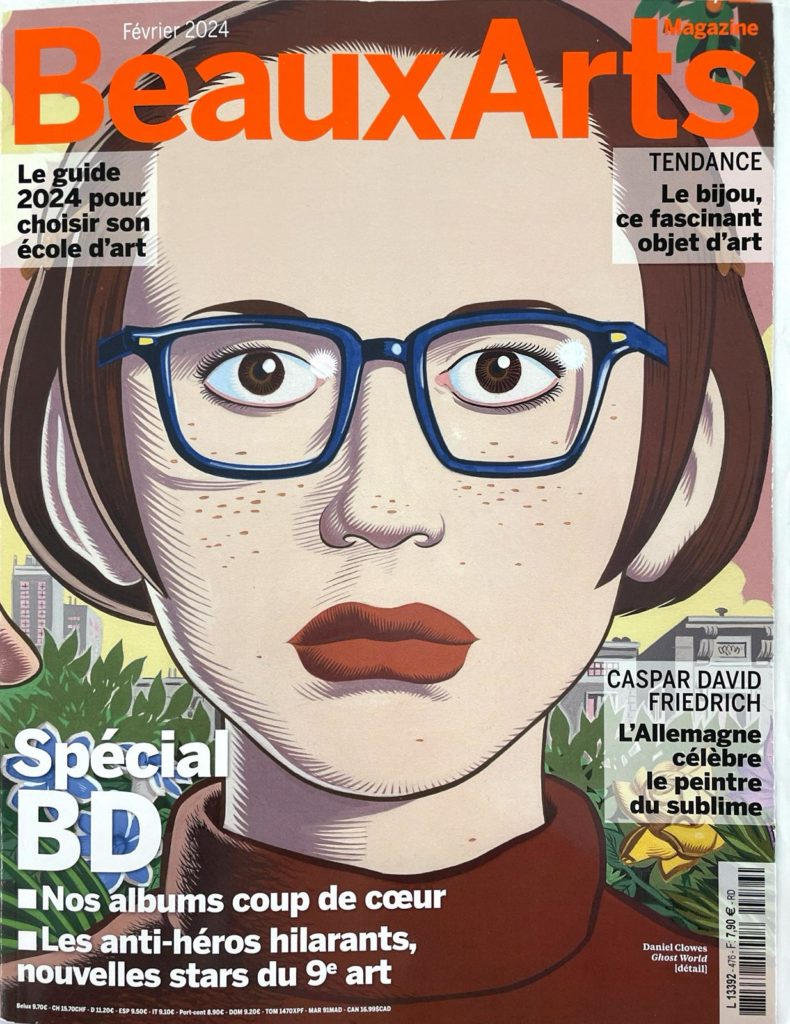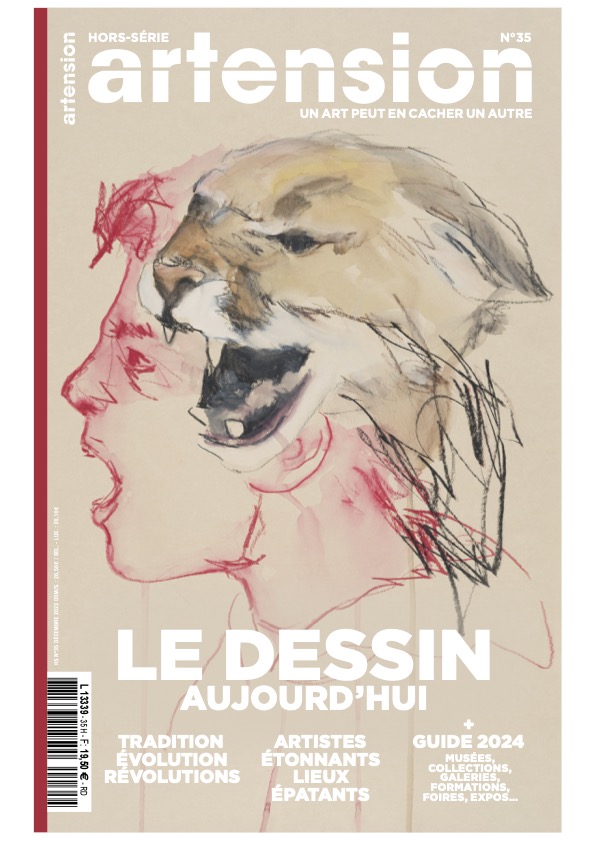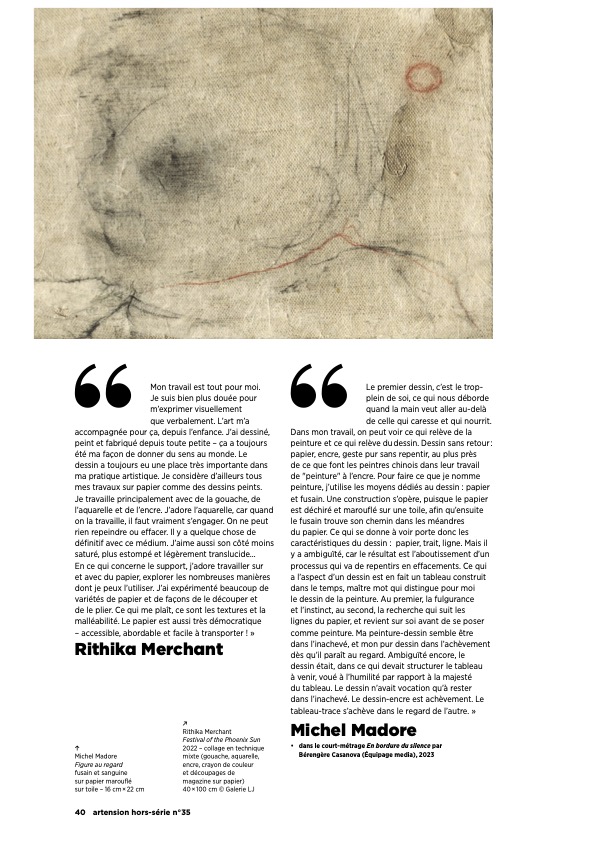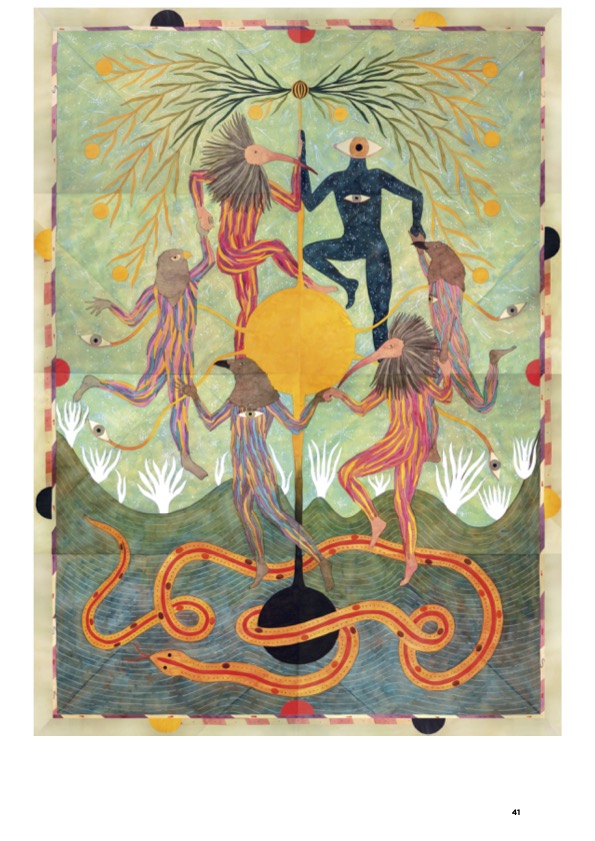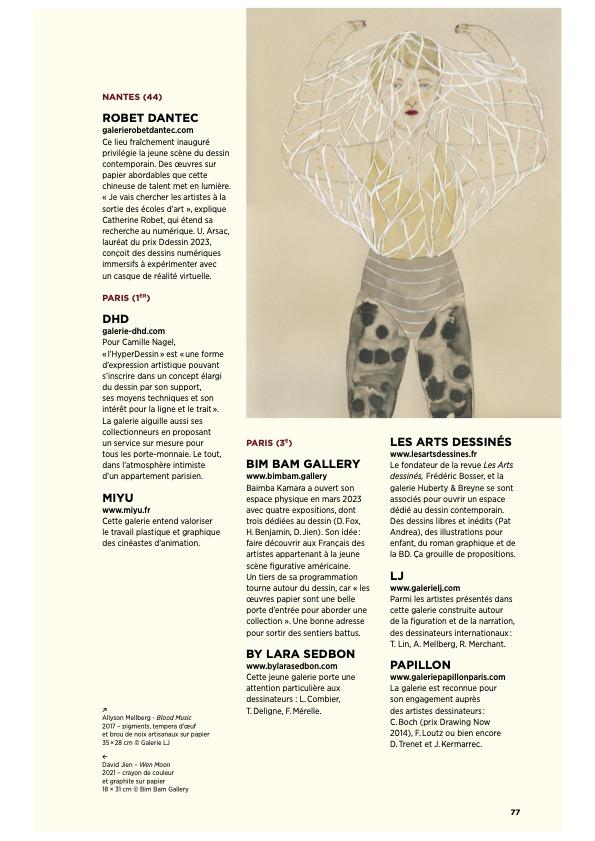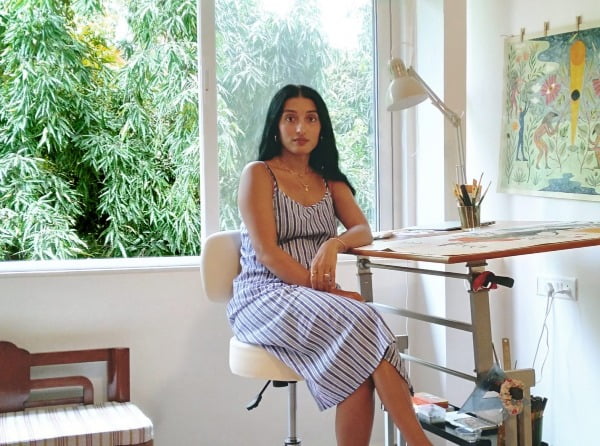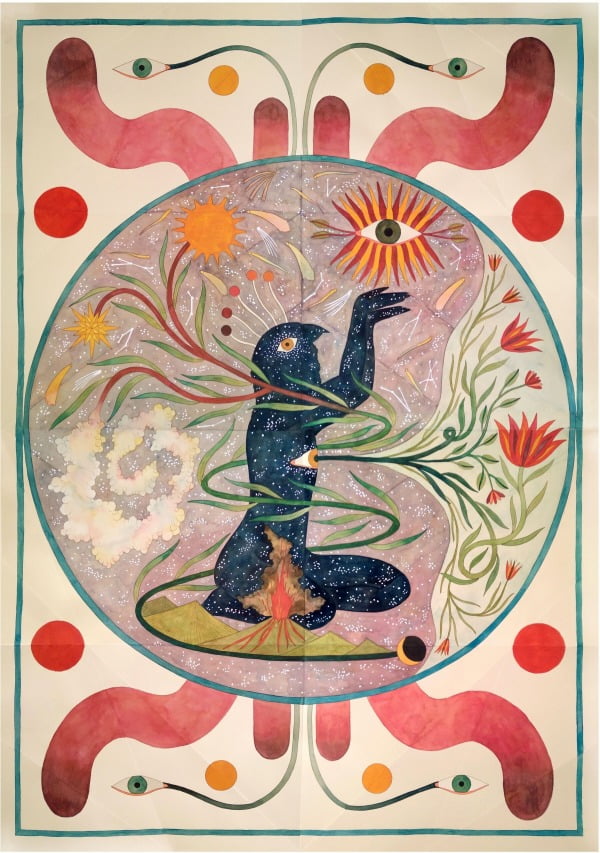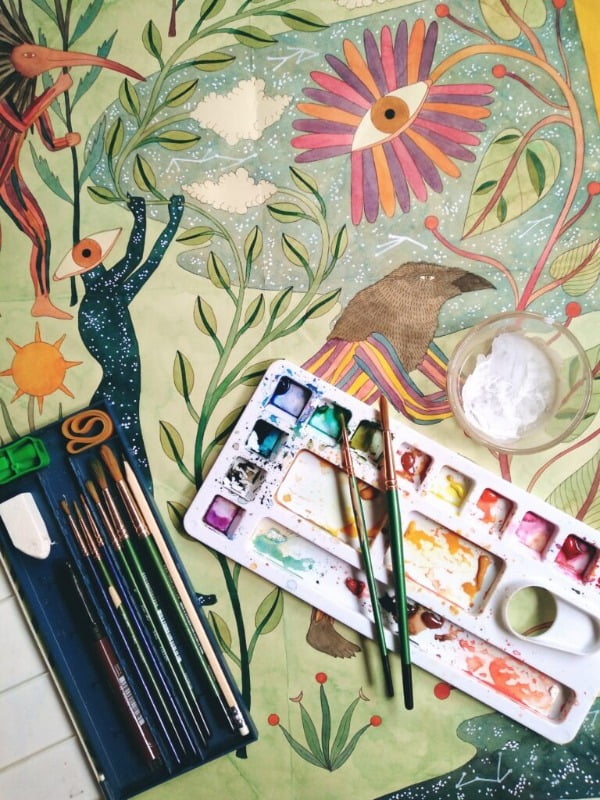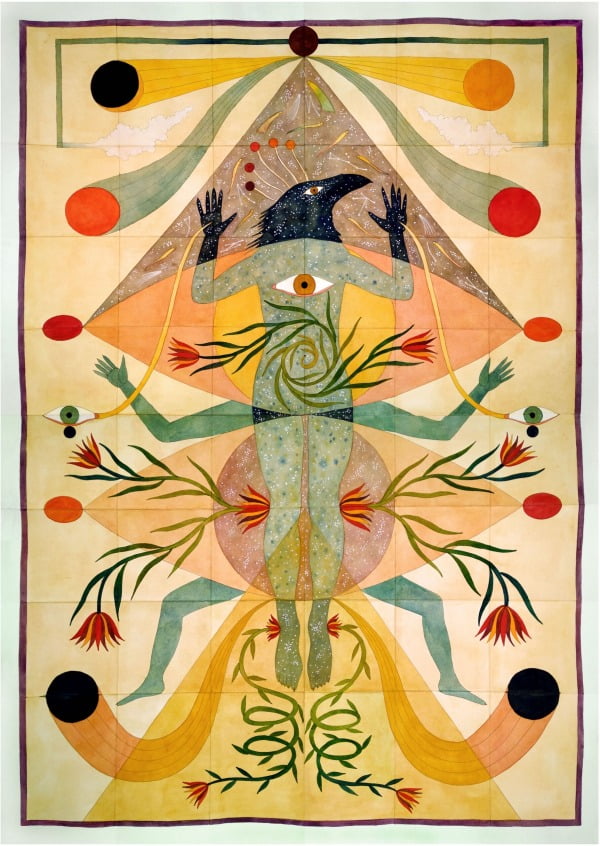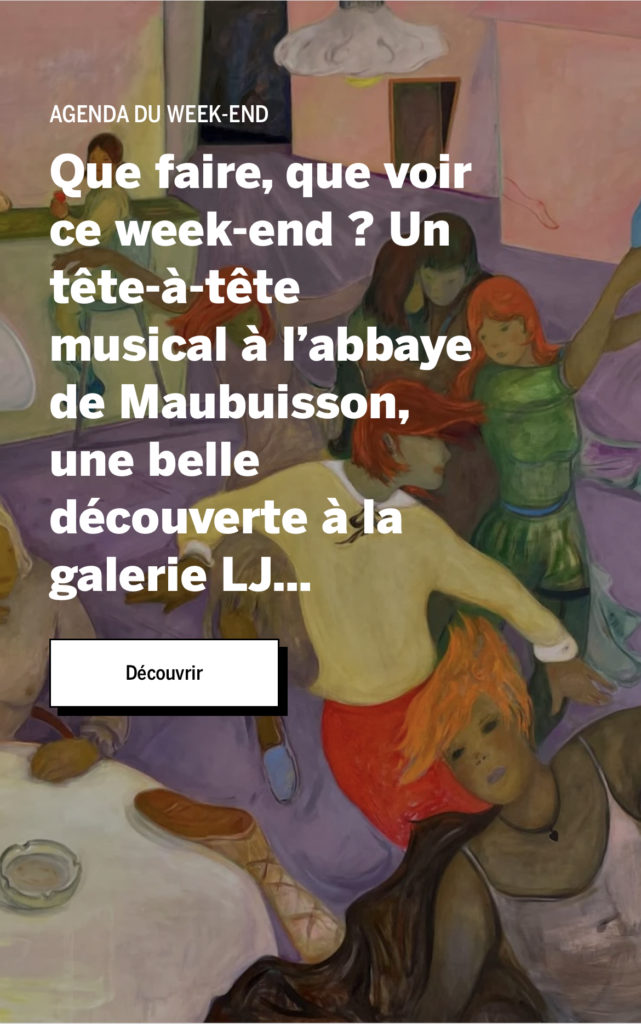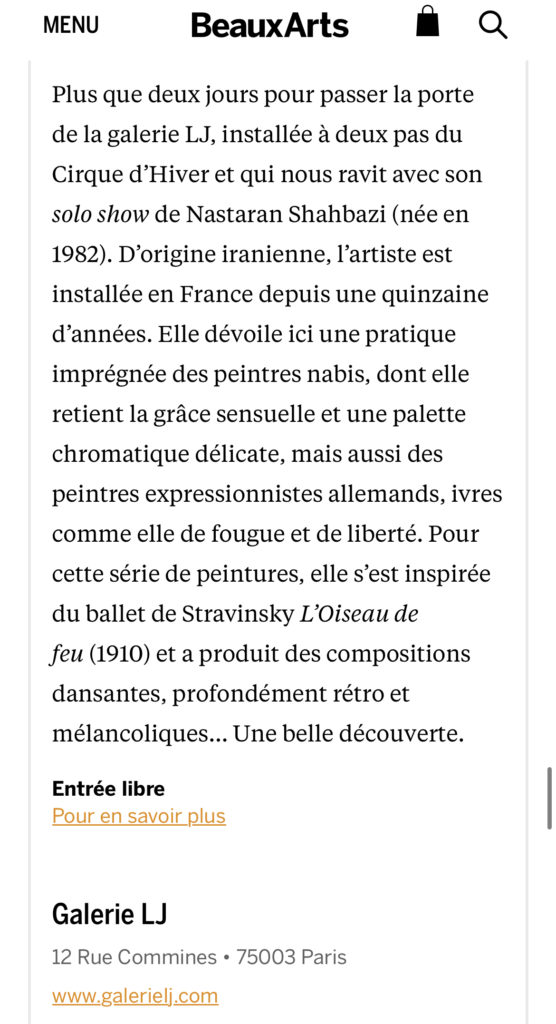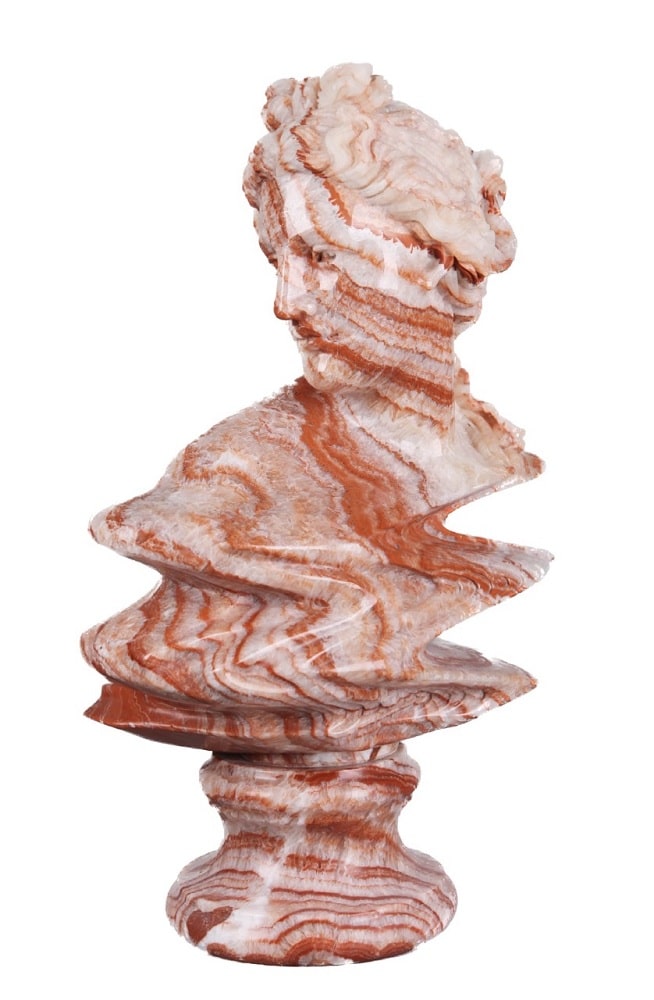Murmure à Grande-Synthe (59) : peinture murale dans la ville à l’occasion de leur 1ère exposition institutionnelle à la Galerie municipale Robespierre
UNE NOUVELLE FRESQUE DE RUE XXL
La ville de Grande-Synthe accueille du 4 au 9 mars le duo normand de Murmure Street. Simon Roché et Paul Ressencourt, qui ont déjà œuvré sur des murs de Vladivostok, Tokyo, Rotterdam ou la Martinique, réalisent une fresque sur un pignon de maison de la rue des Peupliers, dans le quartier de l’Albeck.
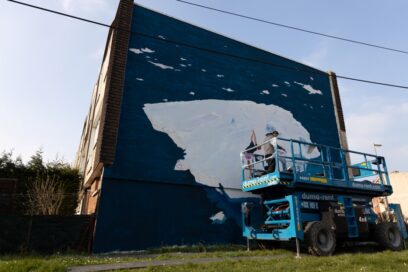
Murmure Street est suivi par plusieurs galeries à Paris, Tokyo et Chicago. La fresque de Grande-Synthe est la reproduction XXL d’un tableau présenté début mars lors d’une exposition collective à Chicago, au format 60 x 60 cm. Son titre : Red flag, « drapeau rouge » en français. Elle est un clin d’œil au drapeau du premier trou d’un parcours de golf imaginaire, sur une banquise en train de fondre, et à l’urgence de changer nos modes de vie pour freiner le réchauffement climatique.
œuvre réalisée en partenariat avec le bailleur Flandre Opale Habitat.
« On n ‘est pas des activistes écologiques mais notre volonté est de porter des problèmes qui nous travaillent, nous émeuvent, comme ici le réchauffement climatique, ou la pollution par les plastiques. Nous souhaitons intervenir là où les gens se sentent hélas loin ou peu concernés, peu acteurs. Notre volonté est de produire un art accessible, qui dit quelque chose, poétique. Alors oui, on est ici à notre place. »
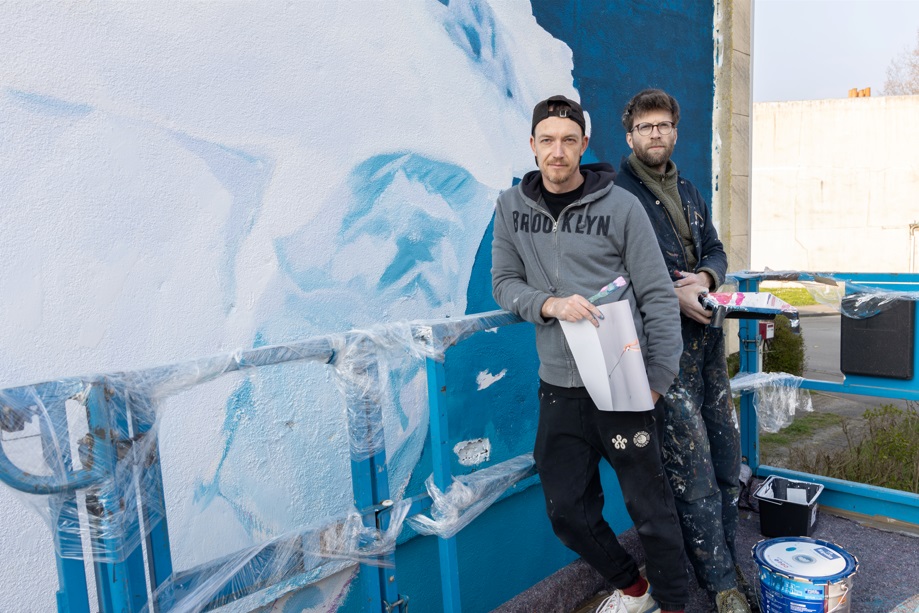
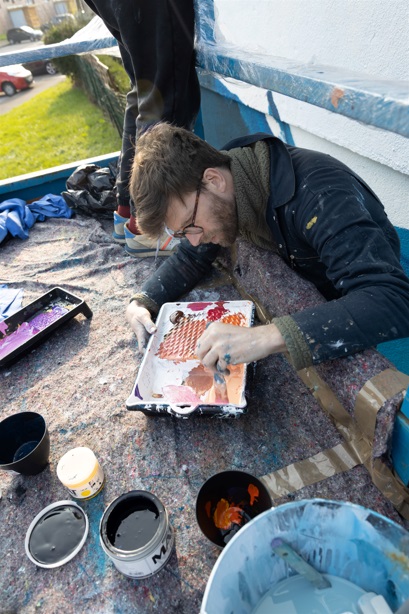
Les peintures utilisées résistent au temps et aux intempéries. « Les pigments tiendront bien, même si on est sur une façade exposée sud », assure le duo.
En complément de cette résidence, Murmure Street reviendra pour présenter à la Galerie Robespierre l’exposition “Saturation”, du 23 mars au 18 avril. Elle s’articule autour de deux séries, Garb-age et Background ; la première en noir et blanc autour de l’accumulation de déchets et l’autre, très colorée, à partir de supports recyclés détournés pour en faire des paysages figuratifs puissants.
Fresque murale rue des Peupliers, en cours de réalisation jusqu’au samedi 9 mars inclus, matin et après-midi. Exposition “Saturation”, du 23 mars au 18 avril à la Galerie Robespierre, place de l’Europe. Vernissage vendredi 22 mars à 18h30. Rencontre avec les artistes samedi 23 mars à 14h30.
